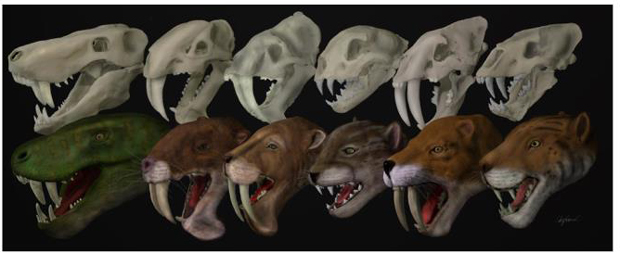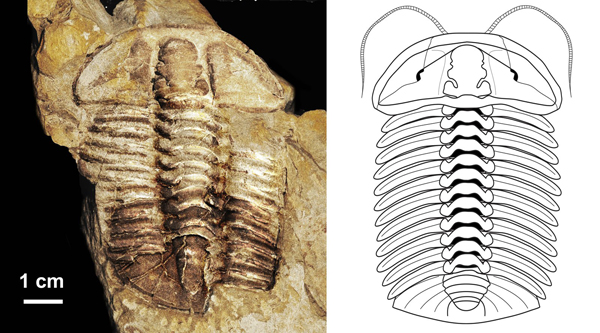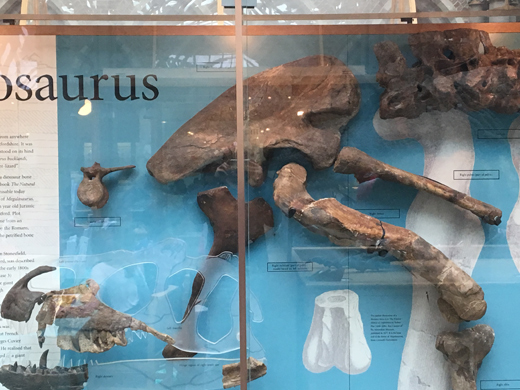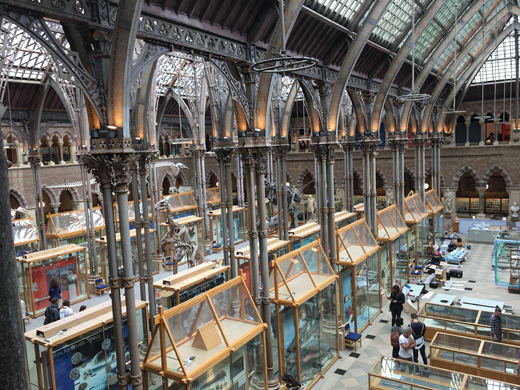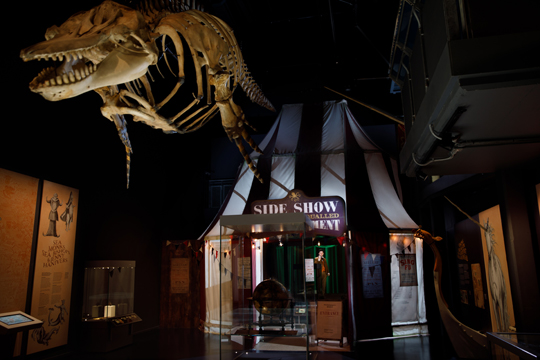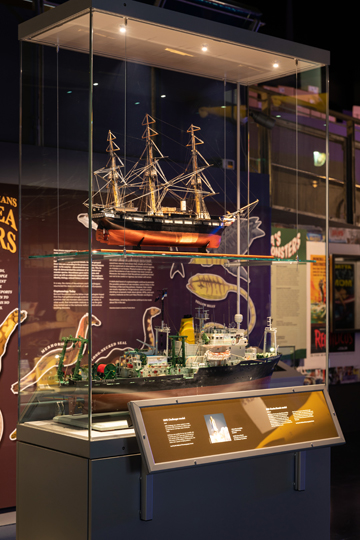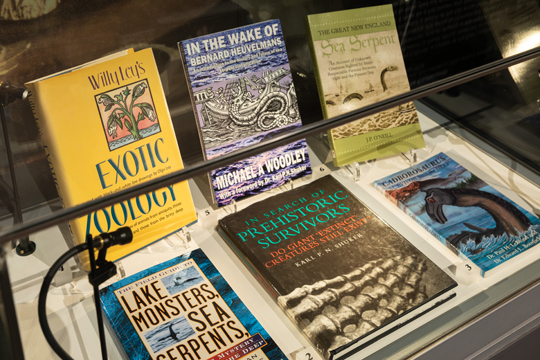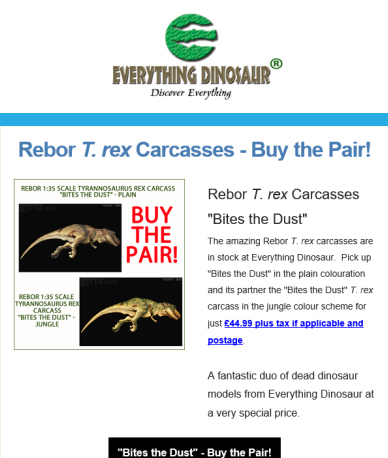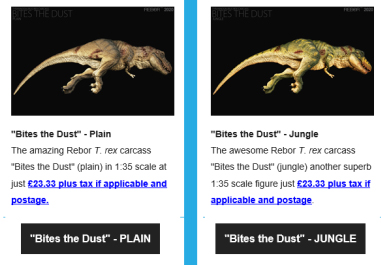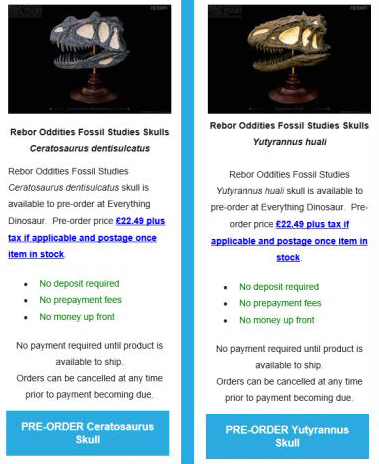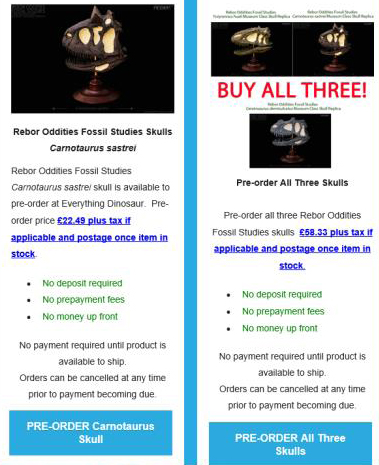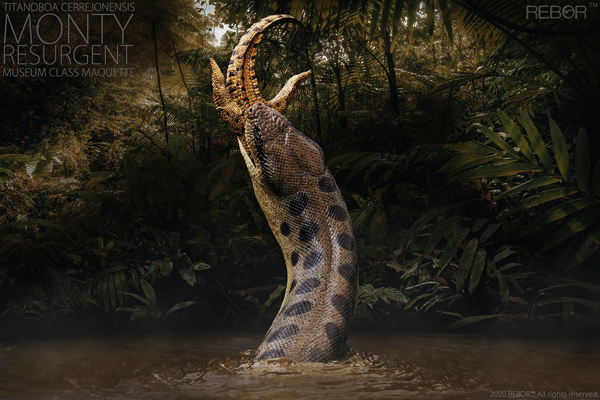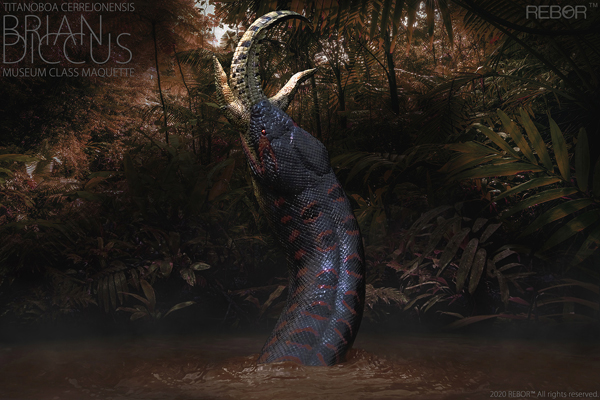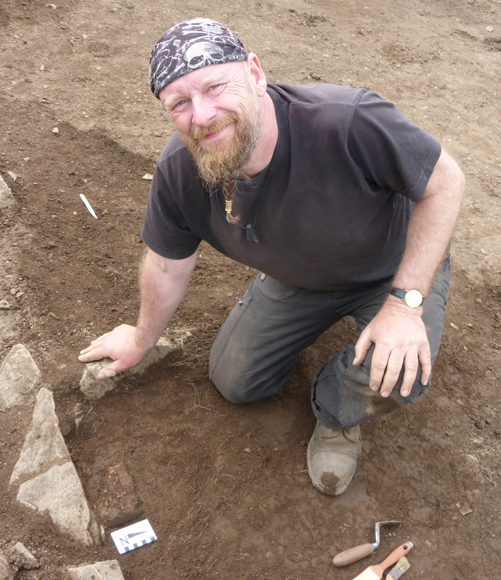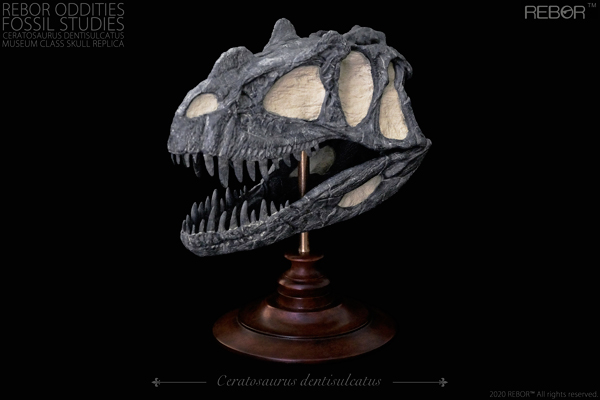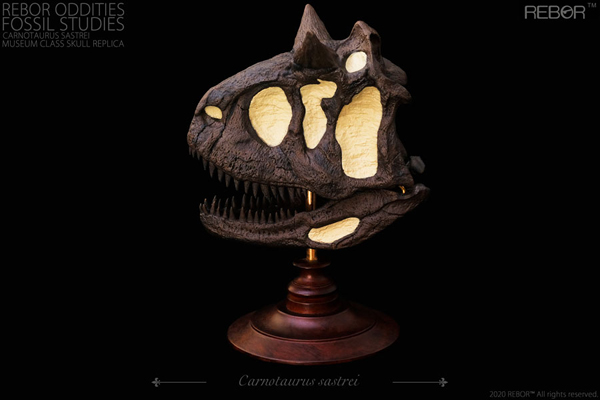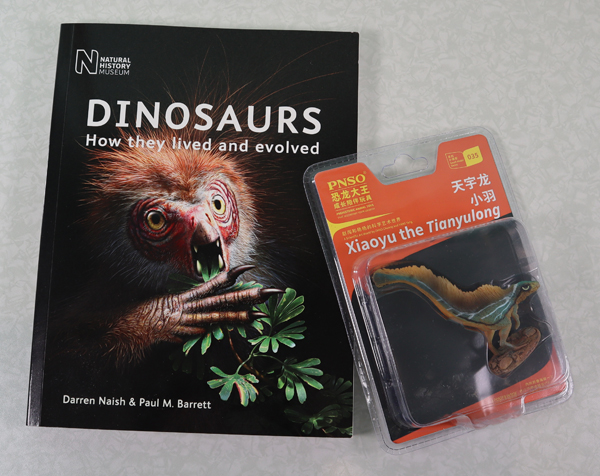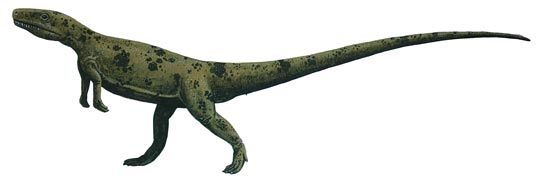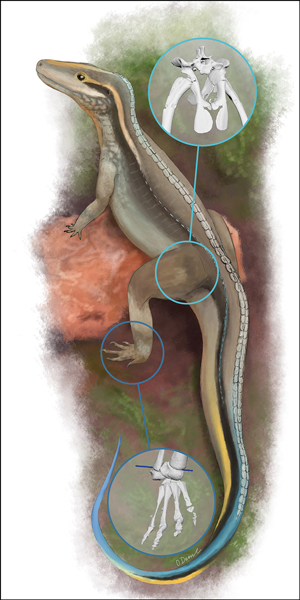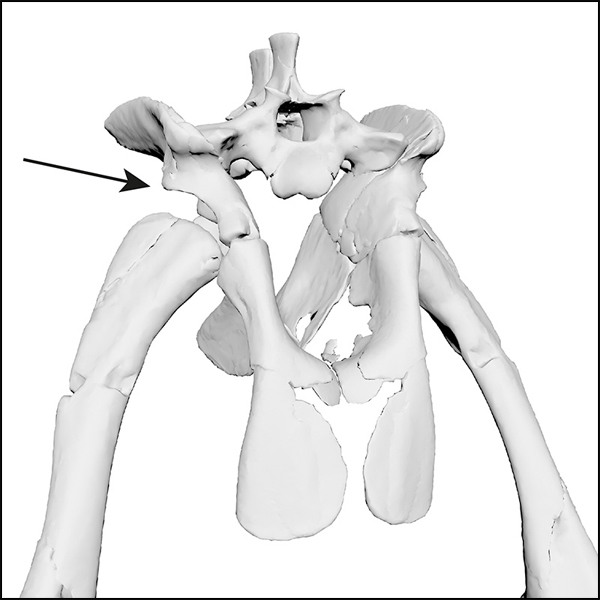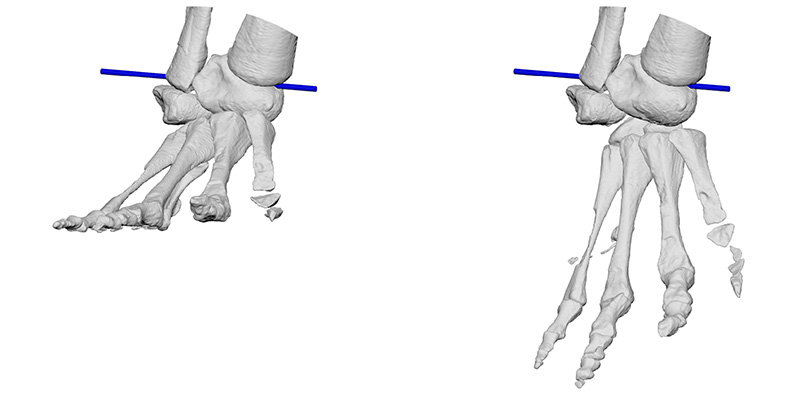New Research Suggests Sabre-toothed Predators Evolved Different Hunting Styles
Sabre-toothed Predators Evolved Different Hunting Styles Over the Last 250 Million Years
New research suggests that sabre-toothed predators evolved an unknown diversity of hunting and killing methods over the last 250 million years or so.
Sabre-toothed cats are among the most iconic of all the prehistoric animals known to science. However, not all the tetrapods that evolved long, knife-like canine teeth were members of the cat family (Felidae). Some animals that evolved sabre-like teeth even predate the Dinosauria.
Sabre-toothed Predators
Enlarged canine teeth, some of which in some species reached sizes in excess of thirty centimetres in length, evolved independently in seven different evolutionary lines of carnivores. Due to similar skull morphology and tooth shape, it had long been assumed that all these predators occupied very similar niches in ecosystems and hunted and killed prey in the same manner.
The Six Different Types of Sabre-toothed Tetrapod included in the Study
Picture credit: Stephan Lautenschlager, University of Birmingham
That assertion has been challenged and now refuted in a new study published today in the “Proceedings of the Royal Society B.”
Examining the Functional Capabilities of Teeth and Skulls
An international team of scientists from Spain, Germany and the UK, analysed over sixty different sabre-tooth species. Using computer models and simulations the researchers investigated the functional capabilities of the teeth and skulls, such as calculating bite forces, the stresses on the skull and bending strength.
Computer Simulations Assessed Bite Forces and Skull Stress in the Sabre-toothed Predators
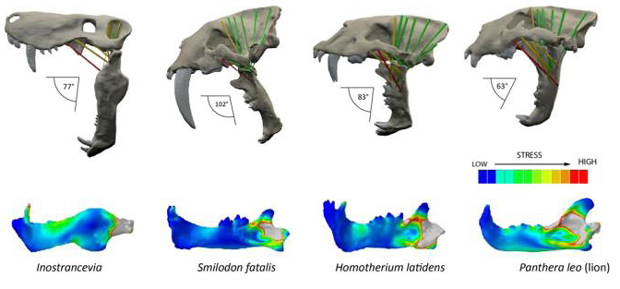
Picture credit: Stephan Lautenschlager, University of Birmingham
Lead author of the scientific paper, Dr Stephan Lautenschlager (Lecturer for Palaeobiology at the University of Birmingham), commented:
“It is fascinating to see that so many different species have evolved elongated canine teeth to subdue prey, but our results show that they used these sabre-like teeth differently to do so.”
Computer Simulations
The analysis of the skull material in combination with the computer simulations revealed that sabre-toothed predators may have looked superficially similar, but they used their canine teeth in different ways. Some species specialised in hunting small prey using the canine teeth to inflict deep, debilitating wounds, whilst other species were probably pack hunters specialising in tackling larger prey. Those species that were probably pack hunters specialising in hunting and killing larger prey had reinforced bone structures to help stabilise their jaws.
Dr Lautenschlager added:
“We know that different sabre-tooth species shared the same ecosystem. Using computational methods, we can show that their specialisation on different prey allowed them co-exist and to avoid competition.”
A Sabre-Toothed Cat – An Iconic Animal from the Cenozoic
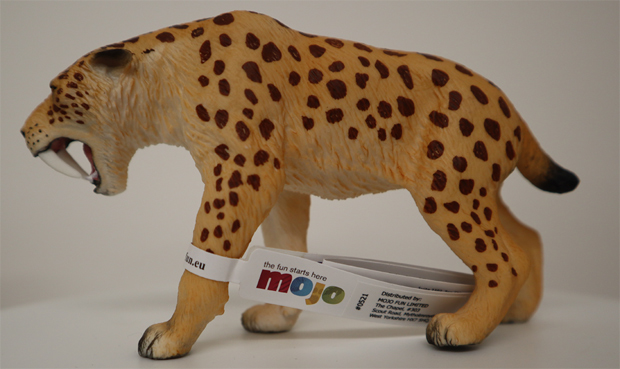
Picture credit: Everything Dinosaur
The picture (above) shows a Mojo Fun Smilodon figure.
To view the range of Mojo Fun prehistoric animal models: Mojo Fun Prehistoric Animal Models.
To read a related article also co-authored by Stephan Lautenschlager (University of Birmingham), which proposed that Thylacosmilus atrox was primarily a scavenger: New Study Suggests Marsupial Sabre-tooth was a Scavenger.
Everything Dinosaur acknowledges the assistance of a media release from the University of Birmingham in the compilation of this article.
Visit the Everything Dinosaur website: Everything Dinosaur.


